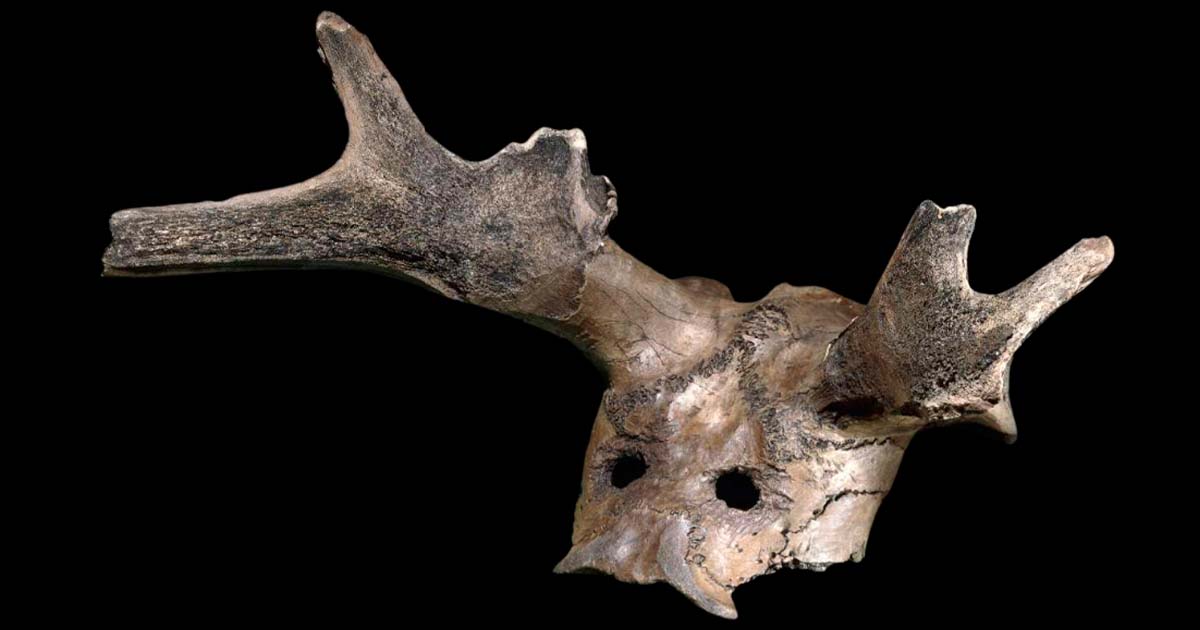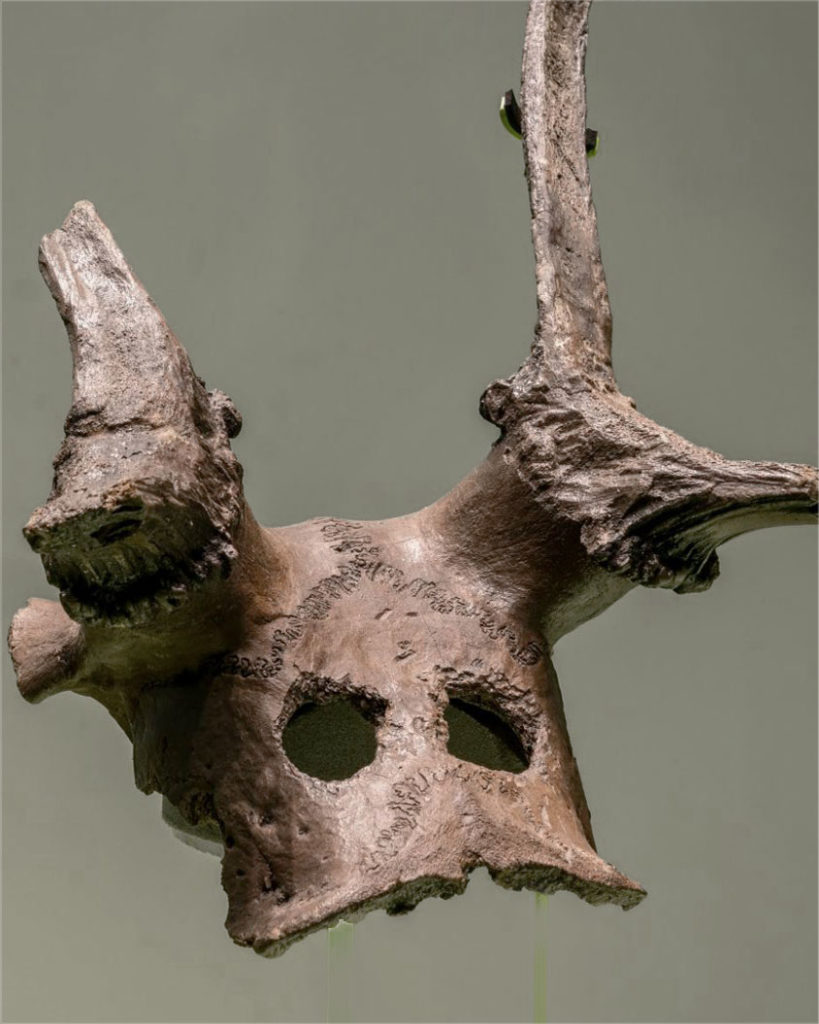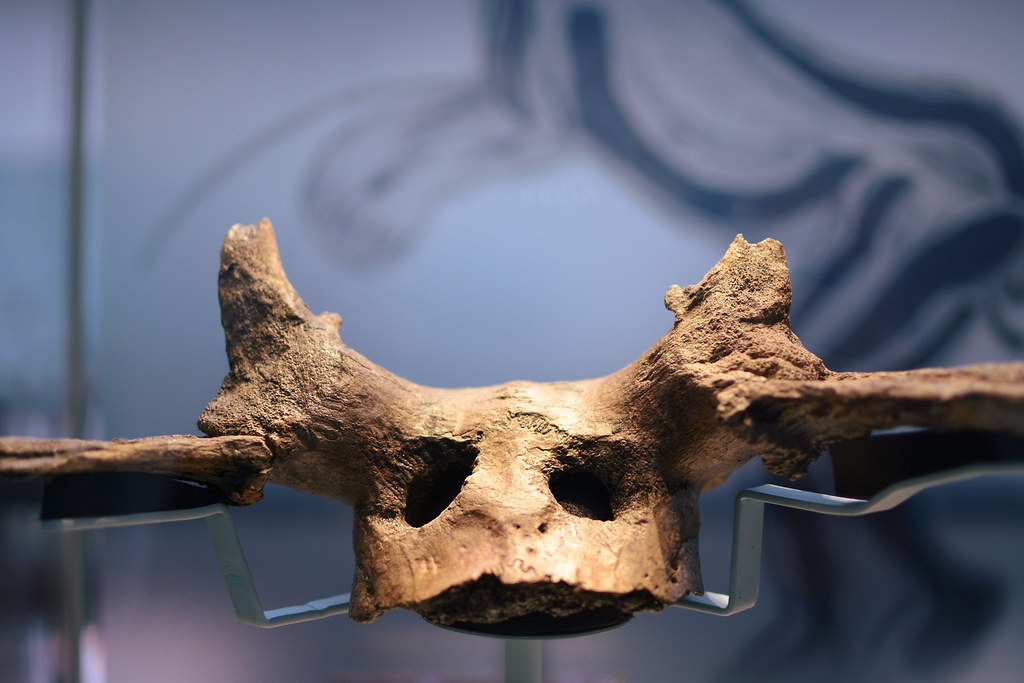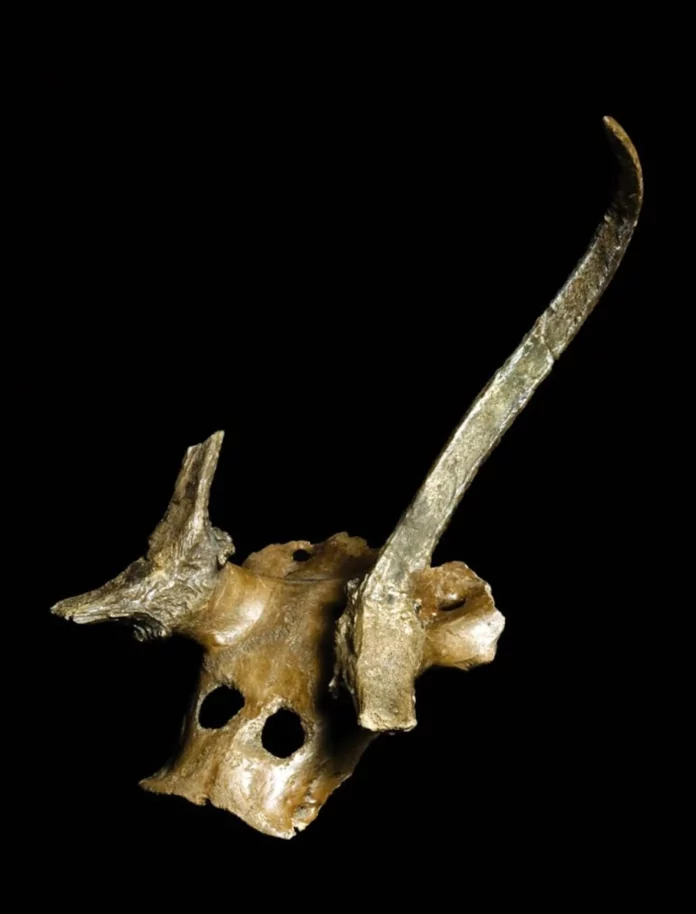In the shadowy depths of ancient peat bogs in North Yorkshire, England, a remarkable discovery has emerged from the past. At the Star Carr archaeological site, researchers have unearthed deer skulls with carved eyeholes, dating back 11,000 years. These extraordinary artifacts offer a rare glimpse into the spiritual and everyday lives of the early Mesolithic inhabitants of Great Britain. Star Carr, often celebrated as the most important Mesolithic site in the UK, has preserved these artifacts remarkably well, thanks to the peat that filled in Lake Flixton and prevented the organic materials from deteriorating.
The Star Carr Archaeological Site

Star Carr, located approximately five miles south of Scarborough, is renowned for its rich archaeological significance. Occupied during the early Mesolithic period, this site provides a detailed snapshot of prehistoric life. The peat bogs of Lake Flixton, where the deer skulls were discovered, played a crucial role in preserving these ancient relics by halting their decay. Today, the site is a treasure trove of Mesolithic artifacts, including tools, weapons, and jewelry.
Three of the 33 deer skull headpieces found, along with other artifacts, are currently on display in the Li Ka Shing Gallery at the Museum of Archaeology and Anthropology in Cambridge. The exhibition, titled “A Survival Story – Prehistoric Life at Star Carr,” showcases these items and offers insights into the lives of the people who lived there. Dr. Jody Joy, the exhibition curator, emphasized that this period predates farming, pottery, and metalworking, yet the inhabitants of Star Carr repeatedly returned to this location over centuries.
The Mesolithic Era: A Time of Transition

Around 11,000 years ago, the world was undergoing significant changes. Rising temperatures and the retreat of the Ice Age led to higher ocean levels. At Star Carr, archaeologists have unearthed an extensive collection of hunting tools and weapons, including 227 antler points used for hunting and fishing. This extensive array of tools suggests that Star Carr was more than just a temporary campsite for nomadic groups. The discovery of Mesolithic-era wooden walkways and jetties into the lake, which are Europe’s earliest known examples of carpentry, further supports this view.
Spiritualized Deer Masks: Symbolism and Ritual
The deer skulls with carved eyeholes found at Star Carr have sparked intriguing discussions among archaeologists. While many pre-agricultural artifacts are often linked to religious practices, some researchers suggest that these deer headdresses might have been used for camouflage during hunting. The notion of hunters disguising themselves as deer to blend into their surroundings ignites the imagination, but Dr. Joy notes that part of the antlers were removed, casting doubt on the effectiveness of this camouflage.

To truly understand the significance of such spiritual artifacts, we must explore the concept of animism—a worldview where every object and phenomenon is believed to possess a life force. In this perspective, material and spiritual realms are intertwined, and rituals are an essential part of harmonizing with natural and supernatural elements. This belief system is thought to have shaped pre-historic rituals aimed at enhancing hunting and fishing success, similar to modern superstitions like “touching wood” or avoiding “walking under ladders.”
Modern parallels can be drawn from the rituals of contemporary hunter-gatherer societies. For instance, the X-Pichil community in Mexico still practices the Loojil Ts’oon or Carbine Ceremony. This ritual is believed to renew divine permission for hunting, ensuring that hunters act correctly and maintain a harmonious relationship with the natural world.
Conclusion
The 11,000-year-old deer masks from Star Carr are more than just ancient artifacts; they are windows into a forgotten worldview. They represent a lost paradigm in human history, shedding light on the spiritual and practical aspects of early Mesolithic life. These masks are rare and awe-inspiring relics that reveal the profound beliefs and practices of a bygone era. As we study these artifacts, we gain a deeper understanding of how our ancestors perceived and interacted with their world—a testament to the enduring power of spiritual and cultural traditions across millennia.
